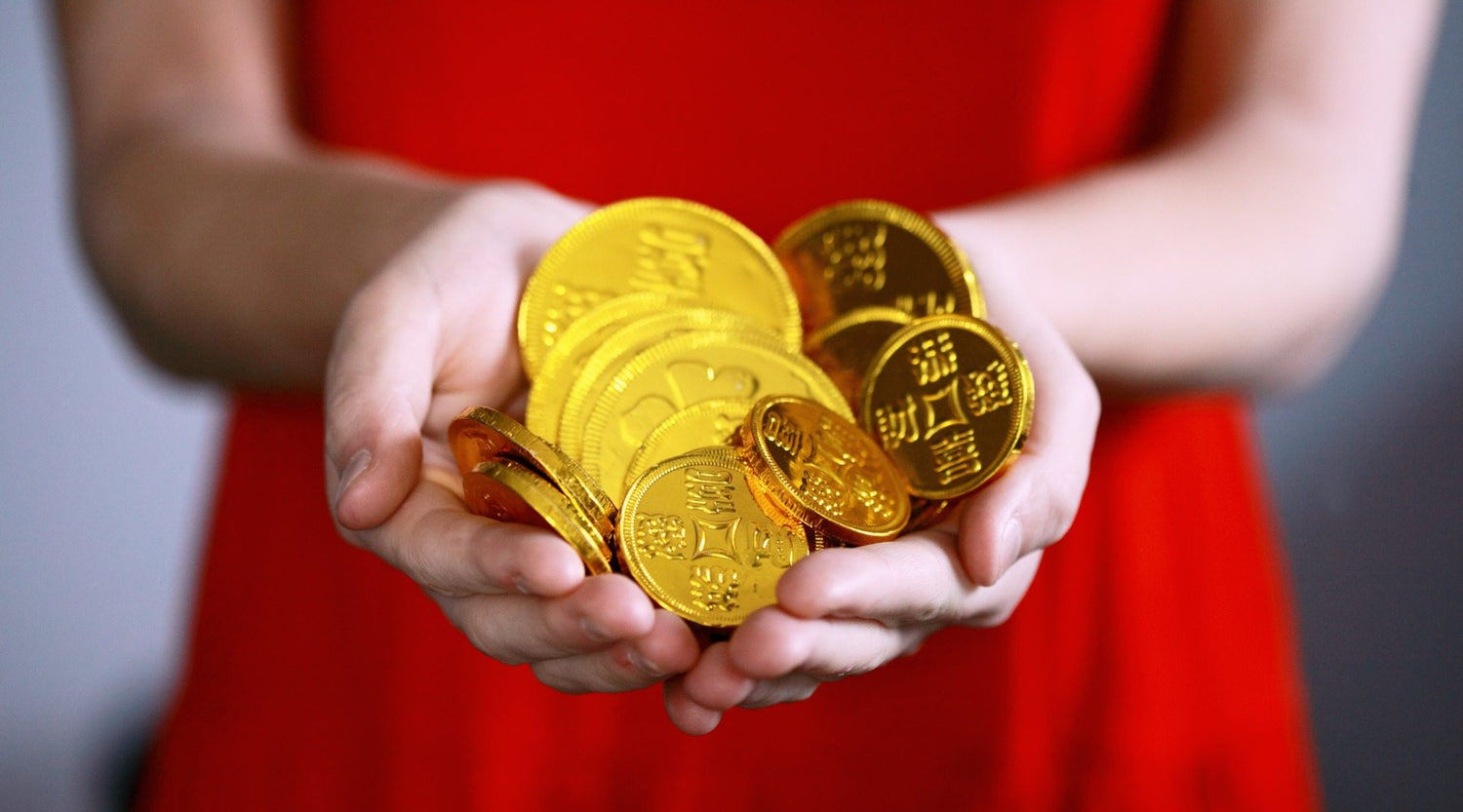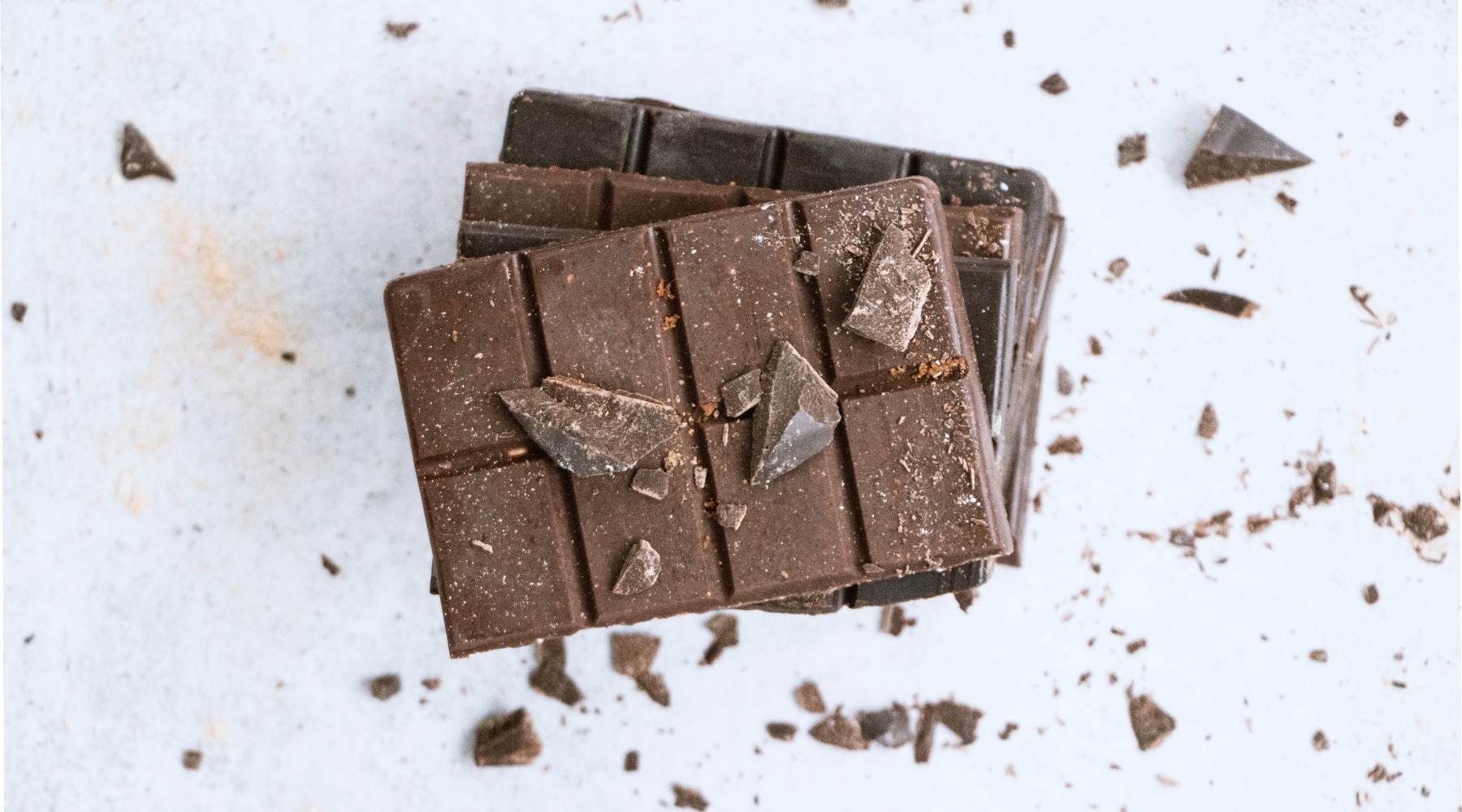At our tastings, participants are often irritated. A chocolate for 5 € and less than 50 g? We know this feeling very well, as we were a bit disturbed by the high prices at the beginning of our own chocolate journey. However, if you take a closer look at the long journey that the cocoa bean takes until it becomes chocolate, €5 seems very little. And not only that! A fine chocolate has much more to offer. Do you want to know why we rely on “expensive” chocolate? You can find out here!
Reason #1 for expensive chocolate: The taste
This speaks for itself when it comes to fine chocolate. Because the “chocolaty” flavors are only the absolute basis. Fine chocolates come with over 400 different flavors. Experts say they have even more flavors than wine. Have you ever tasted fruity or floral notes in chocolate? No? The time has come! Once you get used to the fine chocolate aromas, you won't want to be without them. By the way: fine dark chocolate is usually not bitter at all! You can find out where the bitterness in supermarket chocolate comes from here . And of course there's fine chocolate here ;-)  Good chocolate has delicate flavors
Good chocolate has delicate flavors
Reason #2: The social-ecological standards
Fine chocolate is better for you, for the environment and for the people who make it. And in this case, better actually means: just good enough. Because supermarket chocolate is literally overexploiting nature and people . Wages below the poverty line lead to child labor and child slavery as well as deforestation to create fertile soil for cocoa cultivation. Ultimately, this downward spiral can only be influenced by conscious consumer decisions. Otherwise, large corporations will probably continue to ignore the problems in their supply chain. Manufacturers of fine chocolate, on the other hand, rely on fine cocoa beans from sustainable cultivation, often even “old” varieties. Processing old varieties supports biodiversity. In addition, rare animal species often find a home in the permaculture farms of fine cocoa. And not only that: sustainable cocoa cultivation is not only good for the soil, the cocoa plantations even store CO₂. This means that many fine chocolates can be produced in a climate-neutral manner.
Reason #3: The 'Longevity'
The taste of fine chocolate never leaves many people once they've tried it. Not just because they are so incredibly delicious. But also because they have a much longer aftertaste than supermarket chocolates with their artificial flavors. This means that you eat significantly less of fine chocolate and therefore enjoy it for much longer. By the way: compared to supermarket chocolate, fine chocolates usually have a much longer best-before date. This is mainly because they do not use cheap (animal) substitute fats, which go rancid after a while. Fine chocolates require just a few, high-quality ingredients.
Reason #4: Health
Fine chocolate consists largely of fine cocoa beans. And it is precisely these that researchers attest that they have many positive aspects for health. Cocoa butter is often particularly highlighted. And this is exactly what is often substituted for supermarket chocolate. With fine chocolate, on the other hand, additional cocoa butter is often added. In addition, fine chocolate does not contain any refined sugar and is free of artificial or chemical additives. Dark, fine chocolate in particular is considered an immune booster , stress killer and is said to strengthenheart health .
Reason #5: The perspective
You can easily pay €2-3 for a coffee-to-go, even though coffee is much easier to make than chocolate. In addition, chocolate is and remains a luxury good. Seen from this perspective, it is a bargain compared to other luxury products such as wine or sparkling wine.
Expensive chocolate, not automatically good!
A final note: After reading these points, it has hopefully become clear that fine chocolate has to be expensive. Of course, this does not mean that expensive chocolate is always fine and fair. You can find out here how you can tell that you have good chocolate in your hand! Do you want to learn more about really good chocolate or try the best chocolate in the world? Then you should take a closer look at our tasting boxes or our team events .
Header photo by Alexander Gray on Unsplash


